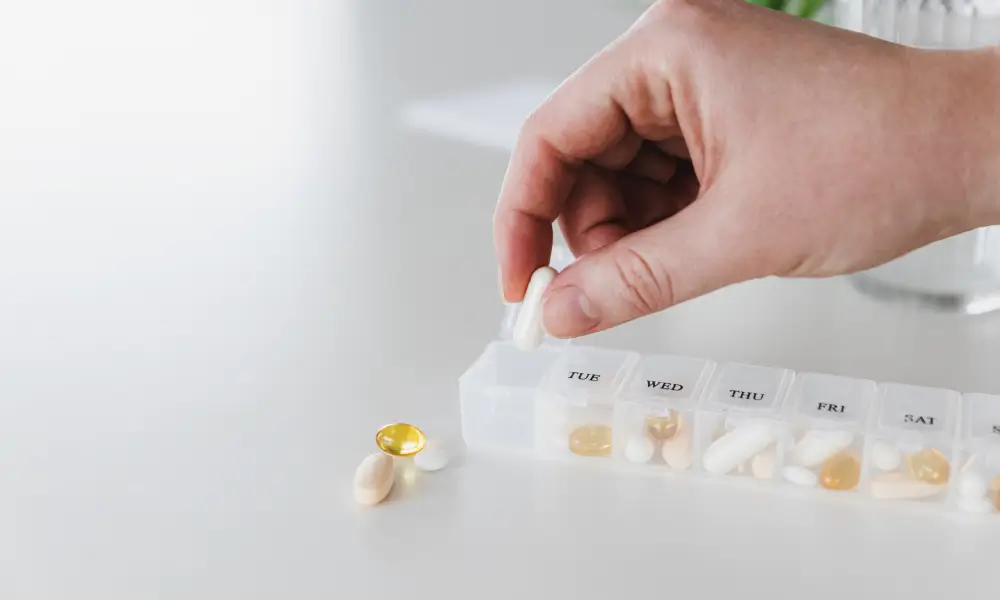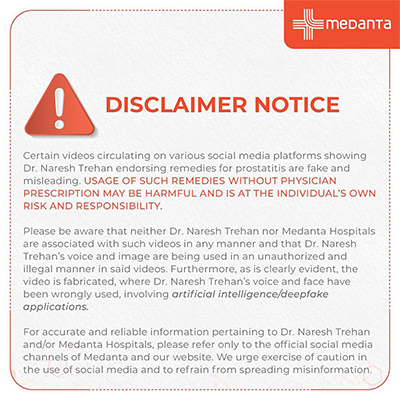Fexofenadine

Uses / Benefits of Fexofenadine
Doctors generally prescribe this medication to relieve seasonal allergy symptoms like sneezing, runny nose, and itchy eyes. Additionally, it helps with hives and skin itching from chronic idiopathic urticaria.
How Does Fexofenadine Work?
The medication blocks histamine by targeting H1 receptors on cell surfaces. The blood-brain barrier keeps most of it out, which explains why you feel nowhere near as drowsy as with older antihistamines.
Conditions It Will Treat
The medicine helps with:
Seasonal allergic rhinitis
Chronic urticaria
Cholinergic urticaria
You'll feel relief within 1-3 hours after taking it.
Precautions While Using Fexofenadine
People's kidney disease requires extra care since the medicine stays longer in their system.
Patients with phenylketonuria should watch out for phenylalanine in some forms.
You can take medicine with or without food.
Take each tablet whole with water.
Avoid fruit juices because they make the medicine less effective.
Taking the medication at the same time each day gives the best results.
Continue taking fexofenadine tablets as prescribed until your symptoms improve or your doctor advises otherwise.
What If I Missed a Dose?
Take the missed dose for once-daily regimens unless your next dose time approaches.
Children on twice-daily doses can take it within 4 hours of the scheduled time.
How & When to Take Fexofenadine
Water helps the medicine work best—avoid fruit juice as it reduces absorption.
Adults usually take 120mg once daily for hay fever or 180mg once daily for hives.
Side Effects of Fexofenadine
Common side effects are:
Nausea
Dizziness a
Mild drowsiness
Rapid heartbeat (serious reactions)
Drug Interactions
Some of the common medications that can interact with fexofenadine include:
Antacids containing aluminium or magnesium
Epinephrine
Leflunomide
Levodopa
Teriflunomide
Velpatasvir
St John's Wort
Dosage for Fexofenadine
The right dose of fexofenadine depends on your age, condition, and kidney function. You can find the medication in several strengths: 30mg, 60mg, 120mg and 180mg tablets.
Adults and children 12 years and older should take:
Hay fever treatment: 120mg once daily or 60mg twice daily
Chronic hives treatment: 180mg once daily or 60mg twice daily
For children between 6-11 years:
Hay fever: 30mg twice daily, with 10-12 hours between doses
Chronic hives: 30mg twice daily
Younger children's dosage guidelines:
Ages 2-6 years: A doctor will determine the right dose
Ages 6 months-2 years (hives): 15mg twice daily
Children under 4 years (hay fever): The medication isn't recommended
Storage Guidelines
The right storage of fexofenadine will give your medication the best chance to work throughout its shelf life. These guidelines help maintain its quality and safety:
Your fexofenadine should stay in its original container at room temperature between 20-25°C (68-77°F).
Essential storage points:
A cool, dry place away from moisture, heat, and direct light works best
Bathroom storage isn't suitable due to changing humidity levels
The original packaging should protect the medicine until use
Liquid forms need protection from freezing
The original container must stay tightly closed
Children and pets should never access medication.
Fexofenadine vs Loratadine
Allergy sufferers often struggle to choose between fexofenadine and loratadine for relief. These medications work well against seasonal allergies but have distinct differences. Here's a clear breakdown to help you decide what's right for you.
Feature | Fexofenadine | Loratadine |
Onset Time | 1-3 hours | 1-3 hours |
Drowsiness Risk | Virtually none, doesn't crosses the blood-brain barrier | Low but possible, especially at higher doses |
Standard Dosage | 60mg twice daily or 180mg once daily | 10mg once daily |
Duration | 24 hours | 24 hours |
Eye Symptom Relief | Superior for itchy, watery, red eyes | Less effective for eye symptoms |
Nasal Congestion | More effective | Less effective |
Drug Interactions | Fewer interactions; minimal liver metabolism | Fewer interactions; mild liver metabolism |
Best For | Complete avoidance of sedation; severe eye symptoms | Prevent feeling groggy for daytime use |
Both medications have minimal side effects and are safe to use. Fexofenadine works better for eye symptoms and keeps you alert throughout the day. Loratadine might be your best choice if you're pregnant or planning to become pregnant.
Diet & Lifestyle Advice
Your allergy symptoms can improve dramatically with simple lifestyle changes and fexofenadine. These adjustments complement your medication to provide better relief.
If pollen counts rise try to stay inside as often as you can. To avoid too much exposure when going out, use protective items like masks and glasses.
A shower and a change of clothes right after outdoor activities will wash away allergens.
Grassy areas and lawn mowing should be avoided.
Your home's windows and doors need to stay closed during peak pollen season.
A regular vacuum schedule and dusting with a damp cloth will minimise allergen buildup.
You should avoid smoke exposure as it makes hay fever symptoms worse.
You can stick to your usual eating routine unless your doctor advises otherwise. Drinking fruit juices like grapefruit, orange or apple juice reduces how well your body absorbs fexofenadine.
Alcohol consumption should be limited with fexofenadine because drowsiness may increase.
Conclusion
Fexofenadine is a reliable choice that helps allergy sufferers get relief without feeling drowsy. This second-generation antihistamine works against seasonal allergies and chronic hives, letting people go about their daily routines. Relief kicks in within 1-3 hours after taking the medicine, which makes it perfect during peak allergy seasons.
Anyone with allergies knows how much they can affect their comfort and productivity. The good news is that medications like fexofenadine combined with smart preventive steps, are a great way to get symptom-free living. Understanding the right dose, timing, and helpful habits equips allergy sufferers to manage their health better, whatever the season.
FAQs
What is fexofenadine used for?
Fexofenadine helps with several allergic conditions. The medicine treats hay fever symptoms such as sneezing and runny nose. It also helps with red, itchy eyes from conjunctivitis. People use it to manage skin conditions like eczema and hives. The medicine works well against reactions to insect bites and stings. Some food allergies respond to it too.
Does fexofenadine make you drowsy?
Fexofenadine belongs to the non-drowsy antihistamine family. The medicine rarely crosses the blood-brain barrier, which makes it one of the least sedating options you can find. However, a small number of users might feel mild drowsiness.
How long does it take for fexofenadine to work?
Most people feel relief from symptoms within 1-2 hours after taking fexofenadine. Some lucky users notice improvements in just 10-20 minutes. The medicine works best around 2-3 hours after you take it. High-fat meals can slow down how quickly it works, sometimes up to 4 hours.
Can I take fexofenadine daily for allergies?
Daily use proves safe for people with ongoing allergy symptoms. The medicine won't harm you with long-term use, but you should only take it when needed.
What's the difference between fexofenadine and other allergy medicines?
Fexofenadine causes way less drowsiness than old-school antihistamines like diphenhydramine. The medicine stands out among non-drowsy options like cetirizine and loratadine because it causes minimal sedation. It has fewer drug interactions and better patient satisfaction scores compared to other options.
